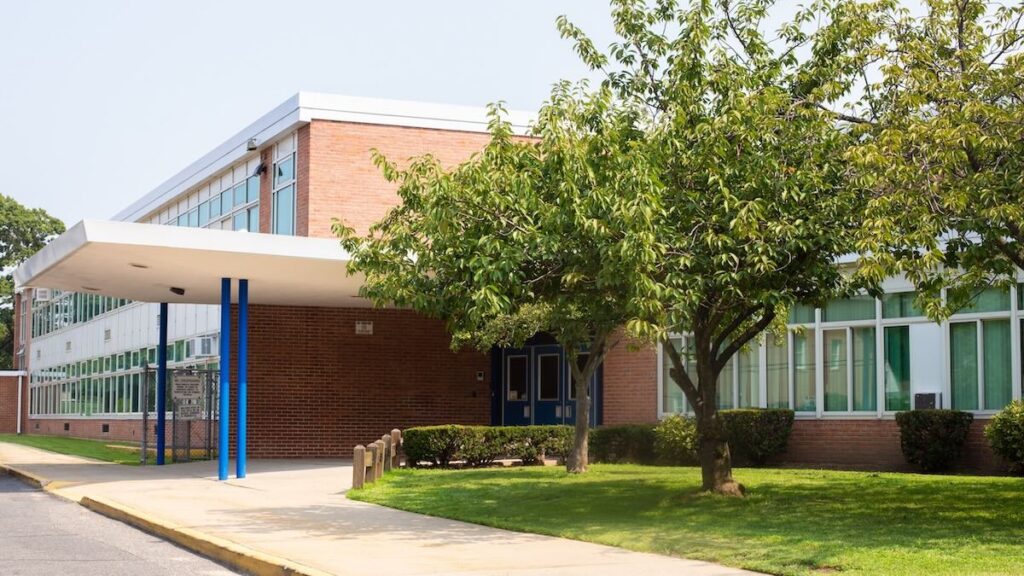Schools today rely on multiple channels of voice communication: PA systems for announcements, intercoms for classroom calls, and phone networks for staff coordination. Often, these systems are managed separately, installed years apart, and maintained in isolation. The result is a communication environment that is fragmented, inefficient, and harder to manage when reliability matters most.
Modern IP audio systems change this equation. By bringing paging, intercom, and phone-based communication onto a single network, schools gain not only flexibility but long-term efficiency. This integrated approach simplifies daily operations, improves clarity across every zone, and strengthens campus-wide response during critical situations.
Integrated Voice Systems for the Modern Campus
A typical school campus may have separate systems for bells, intercom, paging, and VoIP phones. This separation increases the burden on IT teams and limits how flexibly staff can communicate. Integrated IP audio provides a better foundation.
Digital Acoustics solutions are designed to unify all audio communication over the school’s existing network. Instead of managing multiple platforms, schools gain centralized control over announcements, two-way calls, zone-based paging, and event-based audio. Communication becomes clearer, faster, and more manageable.
This approach also makes it easier to scale across buildings or sites. For example, if you’re upgrading a single campus or deploying across a district, schools no longer need to rebuild or retrofit complex cabling. Everything runs through the existing IP infrastructure.
What Integration Looks Like in Practice
The benefits of integrated audio are clearest when viewed through daily use. Teachers can contact the office using a network-based intercom from the classroom. Front-desk staff can speak with visitors at vestibules and gates or contact classrooms using SIP-based audio stations. The same system can be used for bell schedules, pre-recorded announcements, and routine paging.
More importantly, this unified system allows staff to respond quickly and consistently when unexpected events occur. A weather alert, building evacuation, or lockdown message can be triggered instantly and sent to targeted areas or the entire campus. This is possible without switching platforms or relying on isolated emergency alert tools. Audio becomes part of the school’s broader infrastructure. It’s a fully connected tool for operational and safety communication.
Emergency Communication as a Built-In Capability
While emergency alerting is not the primary function of school PA systems, it remains one of the most essential. When needed, voice messages must reach classrooms, hallways, outdoor areas, and administrative offices without delay or confusion. According to the U.S. Department of Education’s Guide for Developing High-Quality School Emergency Operations Plans, schools should implement integrated, multi-channel communication systems, including PA systems and intercoms, as a core component of their emergency response strategy source.
IP-based audio systems support pre-recorded alerts that can be triggered manually or automatically through integrated inputs like fire alarms, access control systems, or SIP phones. These alerts override routine operations and deliver clear, consistent messaging across every speaker or intercom.
Schools no longer need a separate emergency platform or software to support lockdowns or evacuations. These capabilities are already built into the system staff use for morning announcements and daily coordination.
A Smarter, More Flexible Approach to Campus Audio
Integrating all voice communication into one IP-based system creates a better experience for everyone. That includes administrators, teachers, IT and facilities teams. Maintenance is simplified, training requirements are reduced, and the ability to scale is significantly improved. Digital Acoustics helps schools take this step without requiring full infrastructure replacement. Our solutions work with existing networks and integrate with the tools schools already use: VoIP, video, access control, and more.
